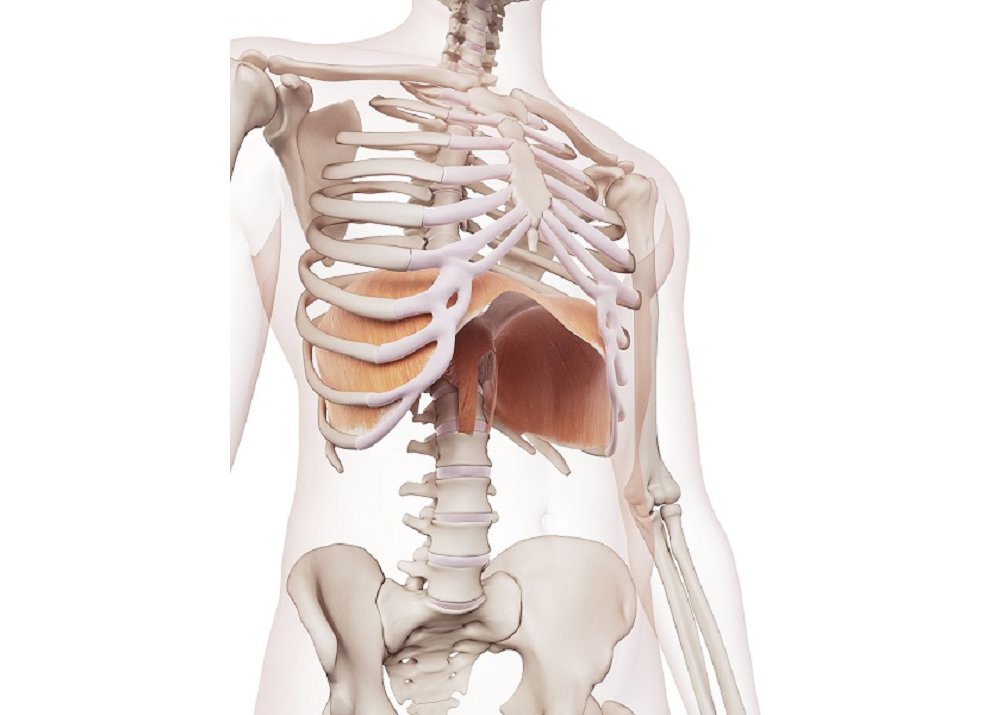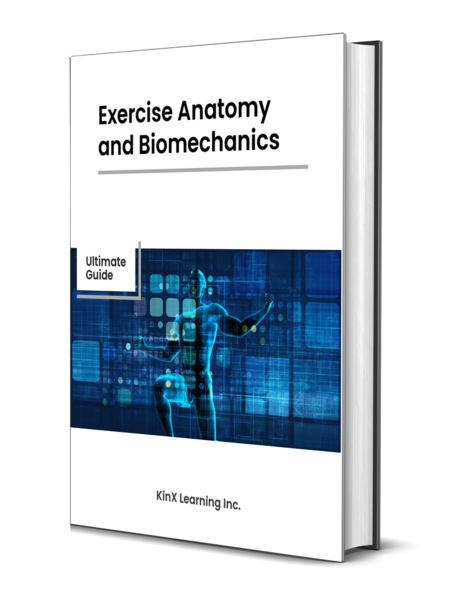Exercise Anatomy and Biomechanics: Ultimate Guide
What you will learn

Functional Benefits
Performing a specific exercise with a focus on enhancing practical movements related to daily activities, promoting overall functional fitness.
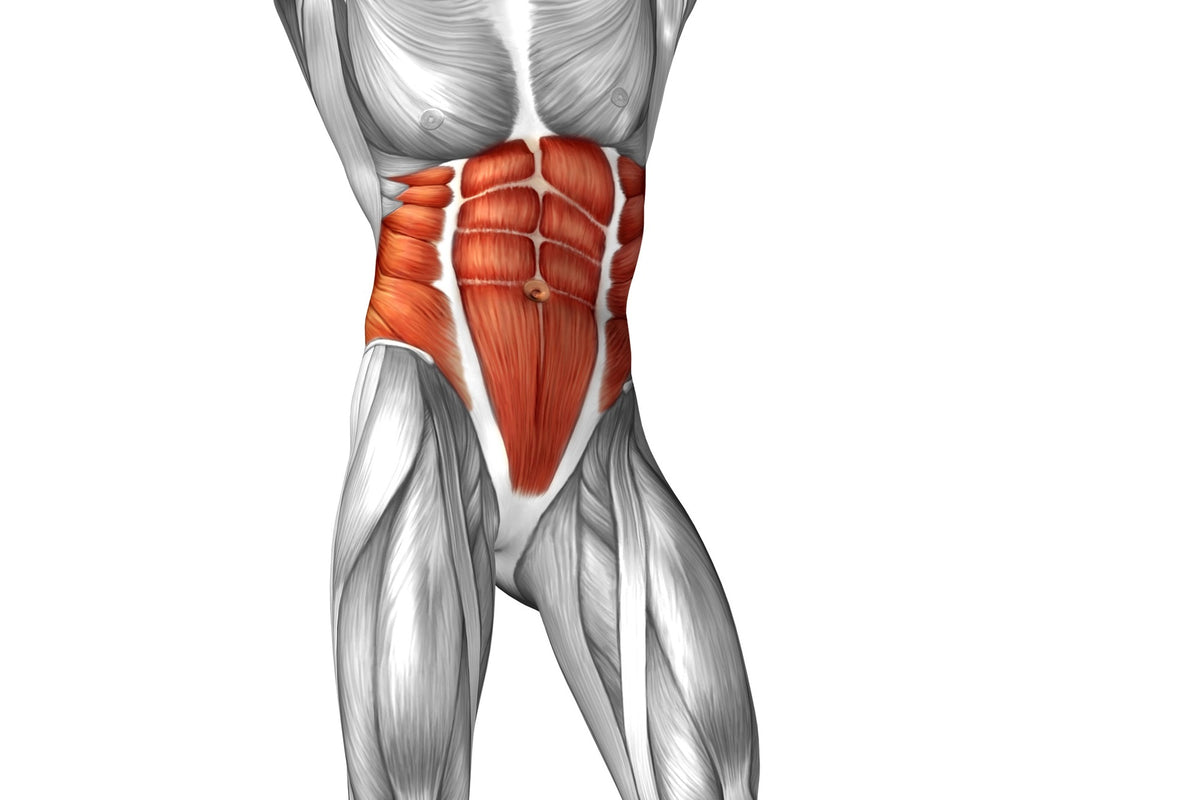
Body Contour Benefits
Engaging in the exercise to target and shape specific muscle groups, contributing to improvements in overall body composition and aesthetic appearance.

Joint Action
Understanding the precise movements occurring at the joints during the execution of the exercise, ensuring proper form and reducing the risk of joint-related injuries.
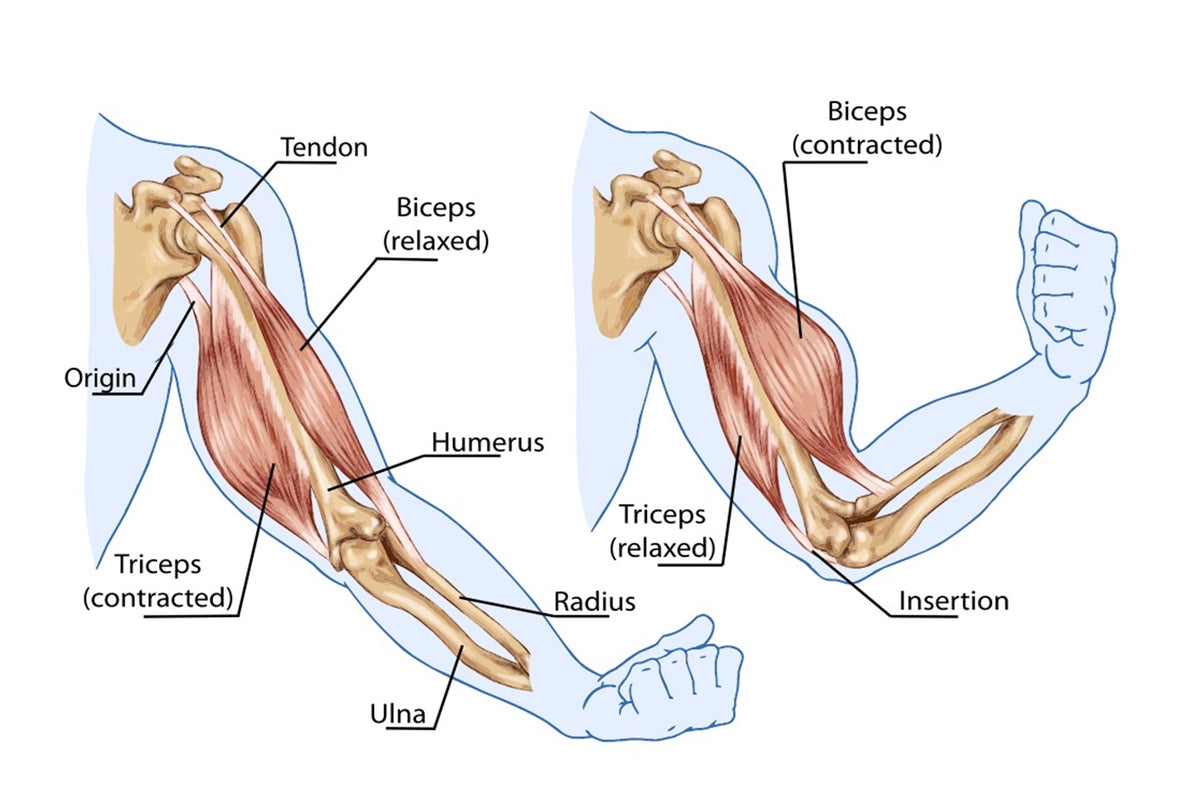
Muscle Mechanics
Analyzing the mechanics of muscle contractions and movements involved in the exercise, optimizing muscle engagement and effectiveness.
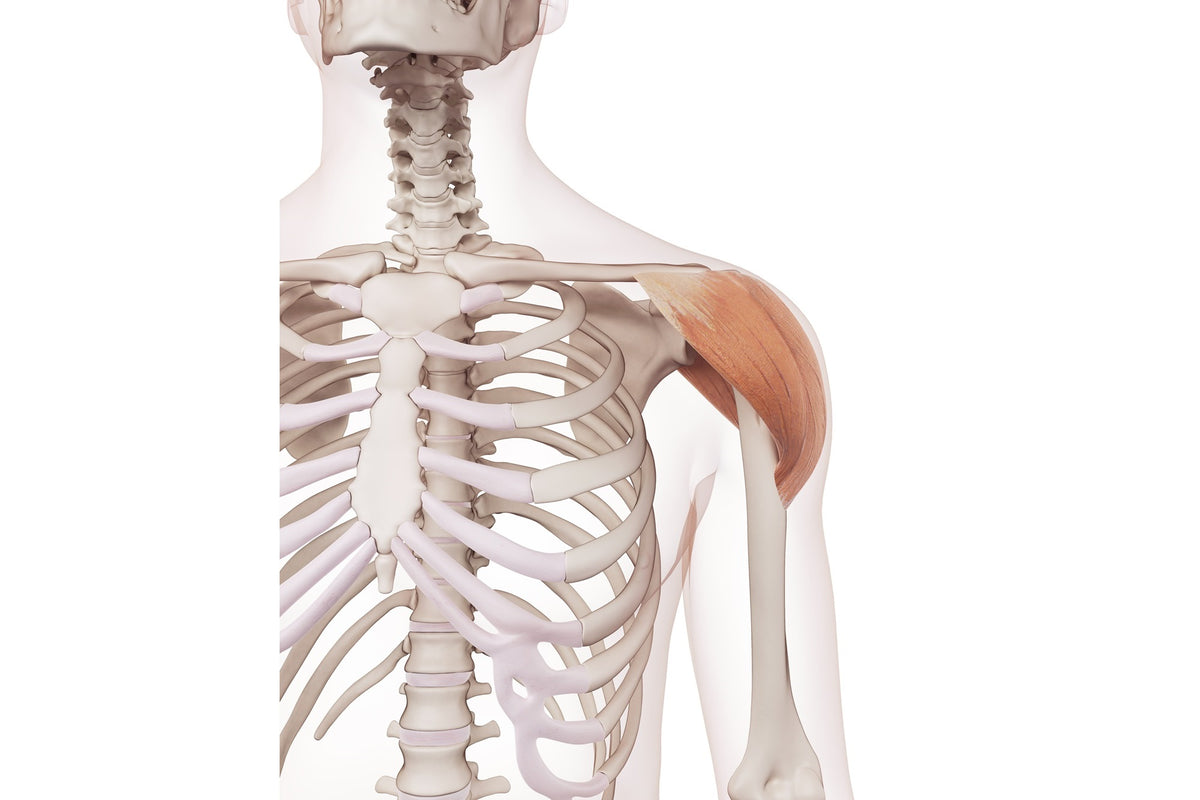
Muscle Anatomy
Exploring the anatomical structures involved in the exercise, providing insights into the targeted muscles and their functions during the movement.
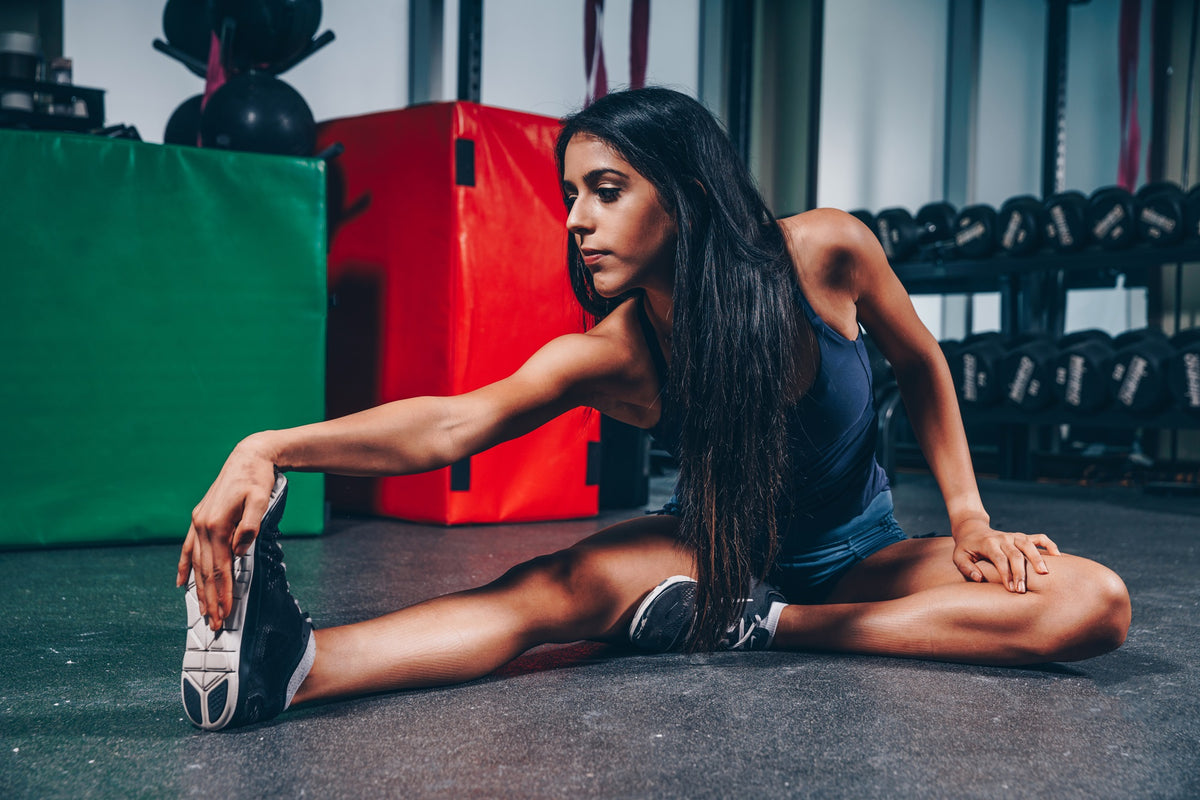
Pre-Exercise Stretches
Incorporating stretching routines before the exercise to enhance flexibility, warm up the muscles, and prevent potential injuries during the workout.
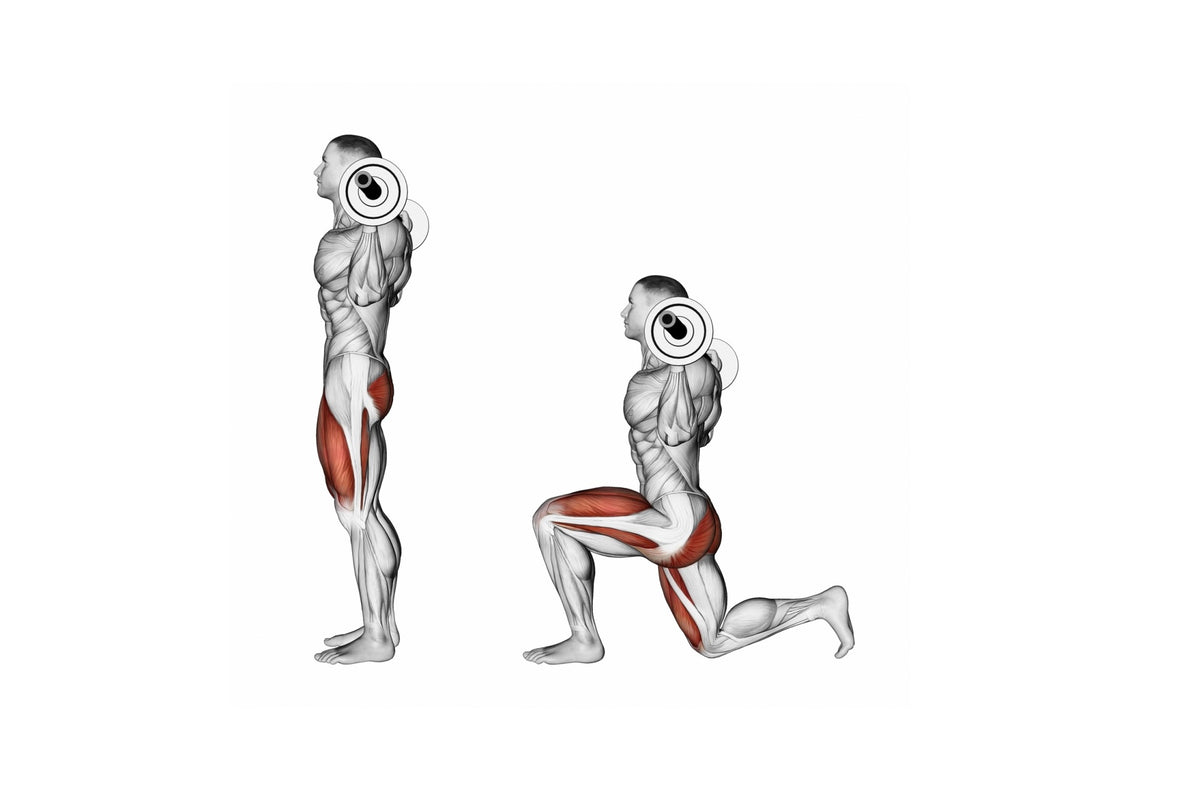
Exercise Execution
Focusing on the correct and controlled performance of the exercise to maximize its benefits, emphasizing proper form for optimal results.
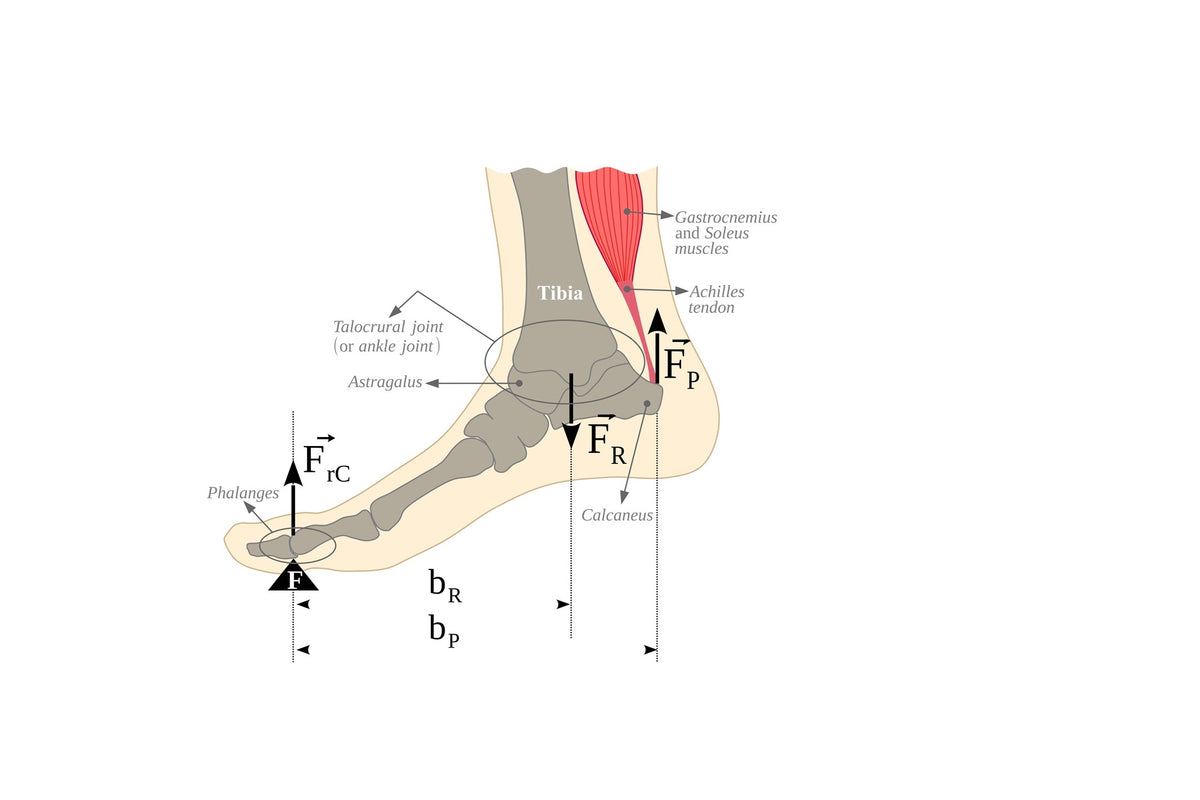
Biomechanical Considerations
Taking into account the mechanical principles relevant to the specific exercise, ensuring that movement patterns are biomechanically sound for efficiency and safety.
Exercise Anatomy and Biomechanics
Learn from our Blog
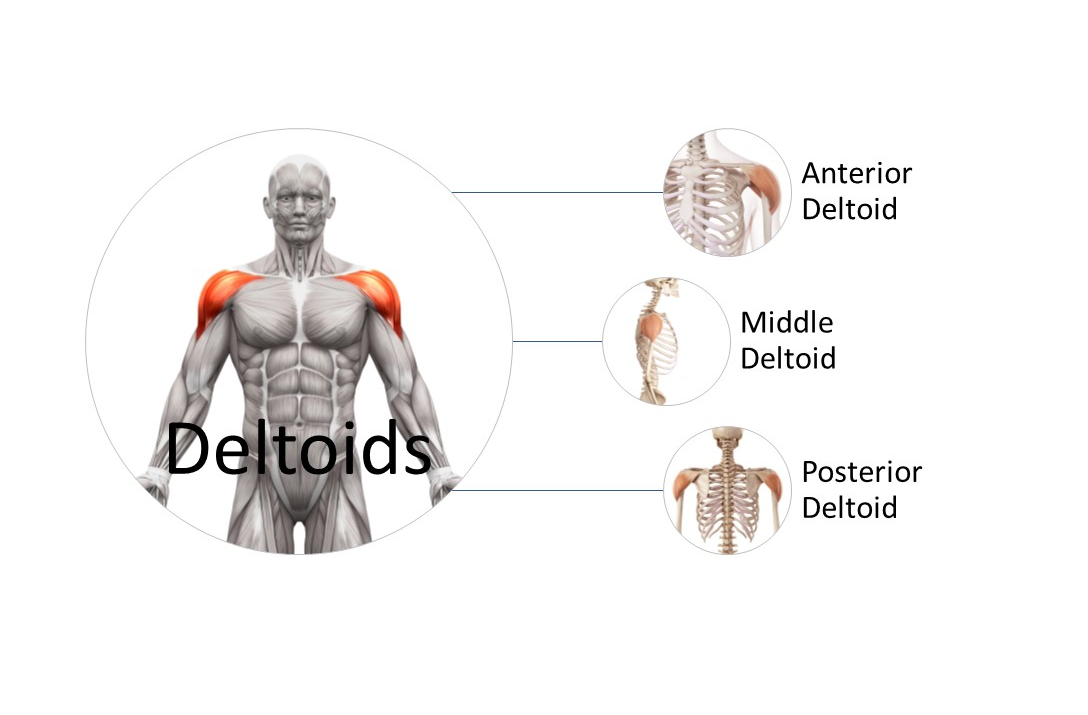
Sculpting Strong Shoulders: Targeting the Three Heads of the Deltoid
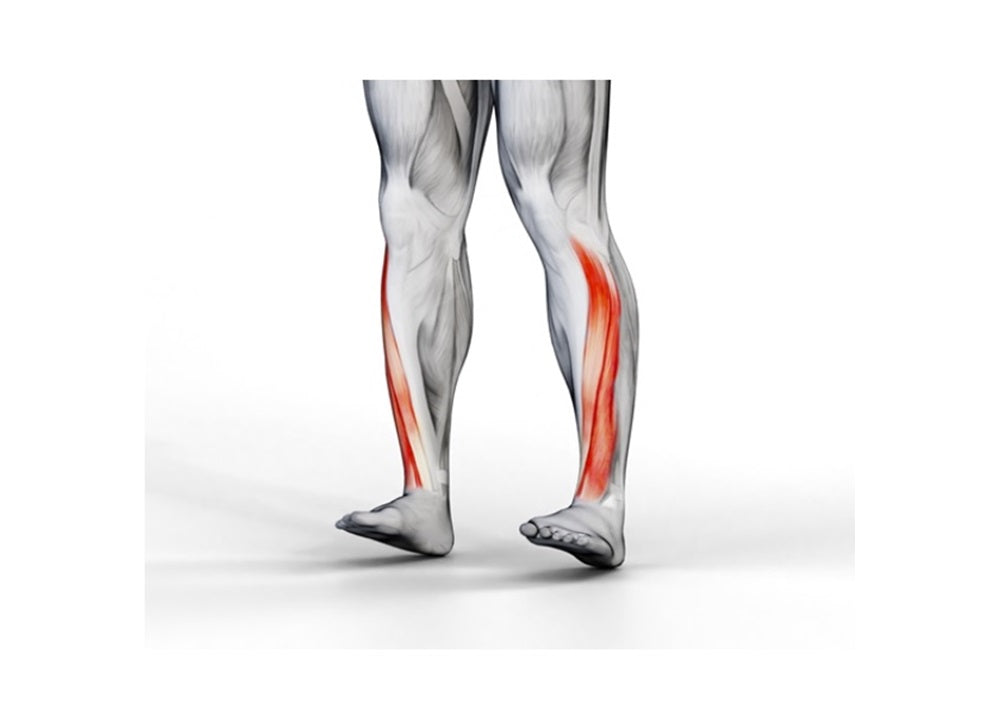
A Comprehensive Guide to the Peroneal Muscles of the Calf
